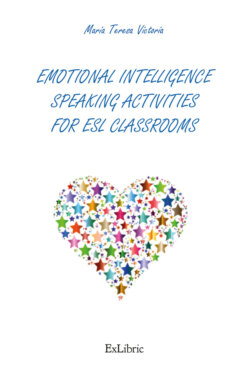Читать книгу Emotional intelligence speaking activities for ESL classrooms - María Teresa Victoria - Страница 19
На сайте Литреса книга снята с продажи.
Оглавление8. Emotional response
Music can really evoke emotions. You can actually change your students mood by just playing the right music. Perhaps something lively for after lunch lessons or end- of-day sessions. Or maybe some easy- listening after recess for younger pupils.
I like to play music for a “breath of fresh air” after grammar activities which are normally the hardest, or sometimes after intensive reading comprehension exercises. I would recommend that you have a playlist handy. You can do this by choosing your best soundtrack or preferably ask the students which is their favourite “song of the moment” or their favourite “song of all time”. They feel more connected when it is a song of their choice but make sure they are present the day you play their song!. Also they can add to the listening task a little bit of conversation practice by telling their classmates more about the song (why they picked it up, what they like about it -lyrics, music, story, any particular piece- or something about the singer, the songwriter, etc).
What I normally do is ask the group during the first weeks to send me a link to their favourite songs in YouTube. Then take the time slowly and patiently to download the songs, label them with their names on it, and keep them in a safe place ready to use anytime!
You don’t necessarily need to make much preparation in advance. Just play the video impromptu and use the songs as fillers in-between tasks. Songs can be extraordinary listening tasks to learn the new vocabulary and expressions on the video clip, or just as a listening for pleasure exercise as some videos are real masterpieces! Like Perfect by Ed Sheeran, which a student suggested and everybody loved. Turn the lights off and the volume up for greater impact!
